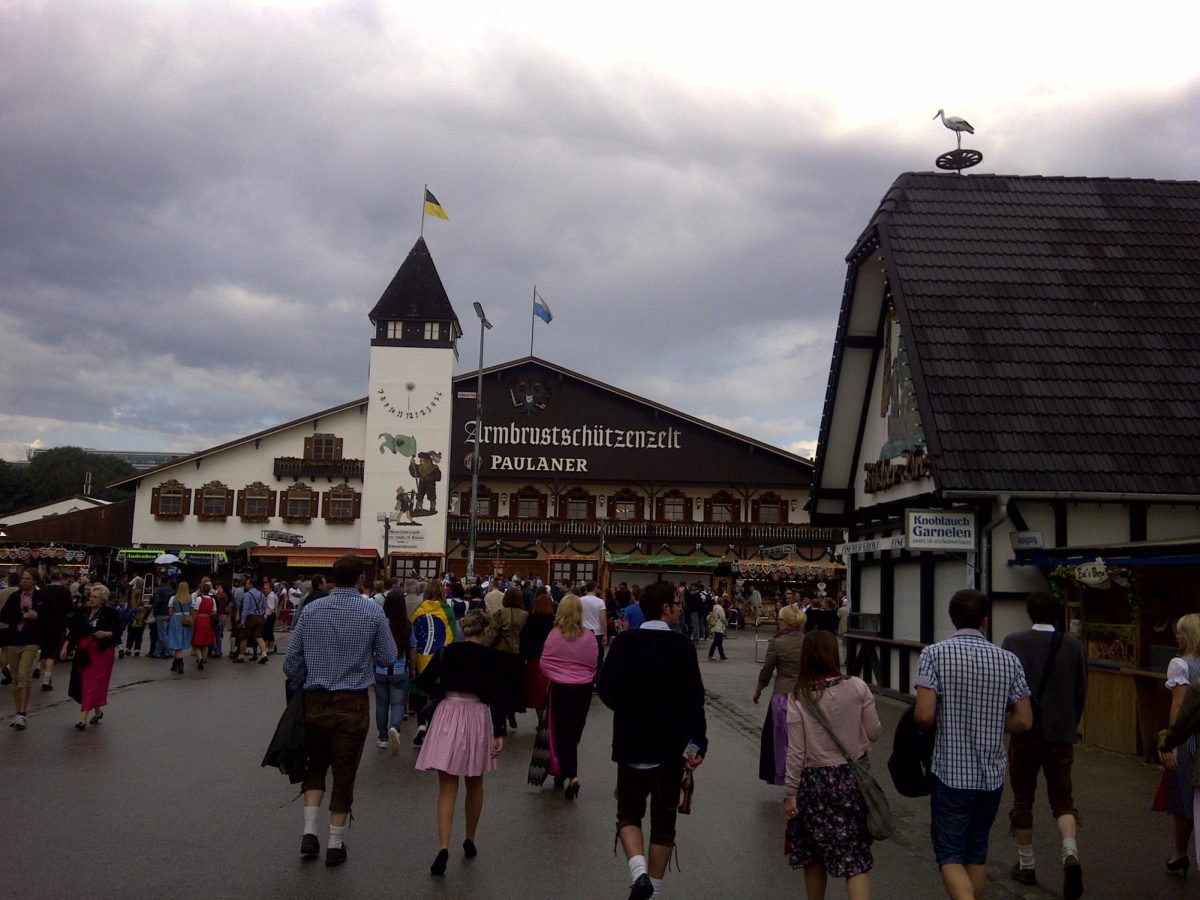Oktoberfest is in full swing, and many are intrigued to know why it is celebrated. Similar heritage festivals can be found throughout the year in the US, but what they have become has resulted in misconstrued ideas.
Oktoberfest starts in September, despite the misleading name, and draws crowds annually to Munich, Germany. It is the world’s largest folk festival while also boasting the static of having 6 million liters of ale being consumed over the duration of the festival. It’s no surprise that it has been adopted by Americans.
Oktoberfest traces its past to celebrations for Baravian royals while showing off the culture of the nation. The week of games was centered around a horse race and less about the drinks served.
Another misunderstood festival is Cinco de Mayo. Cinco de Mayo is a celebration throughout the US where people consume their favorite Mexican food and bottomless margaritas. What is the real Mexican significance? Contrary to common thought, the holiday isn’t Mexico’s independence day, which is actually Sept. 16. Cinco de Mayo is merely a celebration of Mexico defeating the French in a town called Puebla. In fact, the battle is only celebrated in some cities in Mexico.
The holiday initially caught on in the US in the 1950s as a way to bridge the gap with Mexican culture. Spanish teacher Stephanie Risius feels the holiday has moved past its roots. “The holiday was meant to symbolize coming together to fight against the oppressors, but American consumerism has turned it into a Corona and chips and salsa holiday… as of late we are recognizing more of the cultural significance I will say, but there are still those who think it is Mexican Independence Day,” she stated.
Comparisons can easily be made to Americans celebrating a random battle from a war. “It would be similar to if we celebrated the battle of Gettysburg with parties,” Risius mentioned.
Similarly, St. Patrick’s Day wasn’t originally a day of leprechauns, shamrocks and Guinness galore. Its roots can be traced back to 1600s Ireland as a religious holiday. The first parades happened in colonial America as Catholic Irish immigrants looked to display their culture to a protestant US. From there, it took off and morphed into how it is known today.
Business teacher Rita Brown believes these festivals have become something different. “It has become a great excuse to party,” she said.
At the end of the day, these festivals give opportunities to have fun and connect with others. By celebrating festivals with global origins, the US embraces the diversity present here. Hopefully, there is at least a better understanding as to what they really represent.









